2017 Porsche 718 Cayman S Review

Fresh from spending a week with the 2017 Porsche 718 Cayman S, I’m happy to report that the future of sports cars is far from doom and gloom.
Quite the contrary, actually. In fact, this Cayman S is proof that things are going to be just fine. While electrons are being added to everything from minivans to McLarens, there’s no cumbersome hybrid powertrain to clutter up the car with extra weight. Instead, this thing’s all motor — albeit a much smaller one than before. But that counts for something in an era hell-bent on hybridization.
Glossing right over the base version and its 2.0-liter turbo engine, this Cayman S still brings the goods. Almost a liter of displacement has been taken out of the engine this time around, not to mention two cylinders, leaving the Cayman S with a mere 2.5-liter flat four to do the job. In the tug of war between driving enjoyment and environmental responsibility, tiny turbo engines are the compromise enthusiasts must live with.
Intelligent Downsizing
Porsche easily could have leveraged the size of its Volkswagen Group overlord to source a four-cylinder engine elsewhere — Audi, for instance, has a few examples that would’ve done the trick — but the brand chose to build its own. In the case of the Cayman S, its 2.5-liter was developed alongside the twin-turbo six-cylinders that are being shoved into practically the entire 911 range.
The move to smaller engines, not to mention ones that step on the turbocharged toes of the namesake 911 Turbo, has many Porsche purists fearful of the future, though perhaps unfairly. While the Cayman S, along with its 718 Series siblings, received its forced induction four-cylinder in the name of reduced emissions and improved fuel economy, it’s still plenty capable of cranking out Porsche levels of performance.
ALSO SEE: 2018 Audi S4 Review
Output is rated at 350 horsepower and 309 lb-ft of torque, the former of which makes it one of the most powerful production four-cylinders on the market. Those numbers also make the 2017 Porsche 718 Cayman S more powerful than its six-cylinder predecessor, as well as the last naturally aspirated 911 Carrera.
Helping it make — not to mention withstand — those impressive output numbers is a host of parts shared with the new twin-turbo boxer engines powering every new 911 not named Turbo or GT3. But maybe more importantly, this little four-pot also employs the same variable-geometry turbo technology that’s been used by Porsche for more than a dozen years.
FAST FACTS
| Engine: | 2.5L turbo 4-cylinder |
| Output: | 350 hp, 309 lb-ft |
| Transmission: | 6-speed manual; 7-speed PDK |
| 0-60 mph: | 4.2 seconds (PDK) |
| 0-100 km/h: | 4.4 seconds (PDK) |
| US Fuel Economy (MPG): | 21 city, 28 hwy (PDK) |
| CAN Fuel Economy (L/100 km): | 11 city, 8.4 hwy (PDK) |
| US Price: | Starts at $67,700; $88,650 as-tested |
| CAN Price: | Starts at $76,800; $96,445 as-tested |
No Lag Detected
With the variable-geometry turbo forcing more air into the engine, turbo lag is all but imperceptible from the moment the Cayman S gets rolling. The full helping of torque comes online at 1,900 rpm, which doesn’t seem particularly early on paper but the engine climbs to that speed so quickly that there’s barely time to notice the disconnect. With the peaky four pot mounted directly behind the driver, the Cayman S hustles around with an enthusiasm that will be familiar to anyone who’s driven a Porsche in the past and welcomed by anyone who hasn’t.
The 2.5-liter might not sound quite as good as a naturally aspirated flat six when the throttle’s opened wide, but it still sounds pretty awesome. It has a raspy snarl that, while perhaps laying it on a little thick, offers an extra dose of sensory delight while retaining that machine gun brap that boxer engines are known for.
While the Cayman S can still send its output to the rear wheels with a six-speed manual gearbox, our tester was fitted with the optional seven-speed PDK, which might be the most deft automatic on the planet. Silky smooth and lightning quick, the Porsche Doppelkupplungsgetriebe leaves barely enough time between shifts to take a breath. Fitted with such a gearbox, the Cayman S will happily sprint from zero to 60 mph in a scant 4.2 seconds (zero to 100 km/h in 4.4 seconds), a time that can be cut down to four seconds flat (4.2 seconds to 100 km/h) with the optional Sport Chrono package.
All Kinds of Handles
When not blasting off the line as quickly as a new 911 Carrera, the Cayman S certainly knows how to tackle twisting roads. With the engine mounted behind the driver but in front of the rear wheels, the car’s balance is unquestioned and not overly difficult to maintain. With its wheels tucked noticeably closer to the corners than a 911 — a byproduct of that car’s rear engine layout — the Cayman’s turn-in response is uncanny, allowing it to dart around the road like a waterbug.
ALSO SEE: 2017 Porsche 718 Boxster Review
Helping the car change directions so quickly on the road is its rigid chassis and suspension, something that was only enhanced by the optional adaptive dampers fitted to our tester. With the pricey Porsche Active Suspension Management (PASM) system along for the ride, the Cayman S was able to feel like two different cars. The difference the active suspension makes is like the difference between how my ab muscles look and how I wish they looked.
The steering setup isn’t as raw as the manual one in the Alfa Romeo 4C, but the electromechanical system is typical Porsche and features nice weighting that is hard to find elsewhere. And while the car’s brakes aren’t the biggest, measuring the same 330 millimeters up front and 299 mm around back as the brakes on the base Cayman, they do well to slow the car in a hurry and make the optional carbon ceramic brakes all but unnecessary.
Interior and Pricing Issues
If there was a nit to pick about the Cayman S it would be the car’s cabin. It’s unlikely many Porsche buyers are in the market for a no-frills sports car, making the interior a bit of a letdown. While the inclusion of real aluminum trim is appreciated, this cabin is about as plain as a rice cracker and could use something — anything — to get excited about. Like any Porsche, the price can also climb quite quickly. The Cayman S starts at $67,700 ($76,800 in Canada), but our tester’s sticker ballooned to $88,650 ($96,445 in Canada) with but a few crucial options added. The Miami Blue paint alone, while beautiful, added $2,580 ($2,950 in Canada) to the price, while even the heated steering wheel tacked another $470 ($540 in Canada) to the price.
The Verdict: 2017 Porsche 718 Cayman S Review
Make no mistake, electrification has its place in this world, but we also need safe havens from alternative fuels. And the 2017 Porsche 718 Cayman S is one such sanctuary. And if nothing else, it proves that Porsche is more than capable of preemptively delivering a conventionally powered sports car that offers all the exhilaration of old while conforming to the new set of rules that are just around the corner.
LOVE IT
- Still performs like a Porsche
- Standard manual gearbox
- User-friendly dynamics
LEAVE IT
- Quick-climbing price
- Dull interior design
- Exhaust note lays it on a little thick

Dan is AutoGuide.com's Road Test Editor, a long-suffering Buffalo Bills fan, and a car guy since childhood. He enjoys long walks on the beach and long drives just about anywhere the road, track or trail will take him. You'll see him driving around evaluating cars and in front of a camera talking about them. Dan is a member of the World Car of the Year jury.
More by Dan Ilika



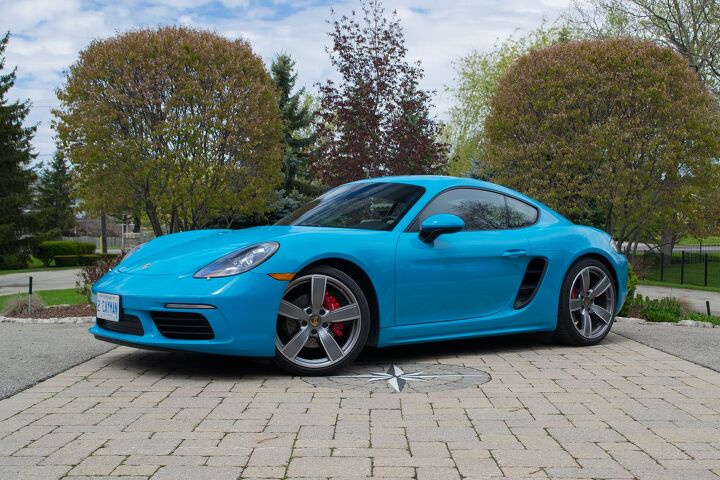














































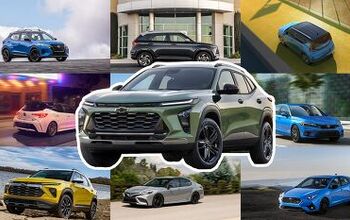





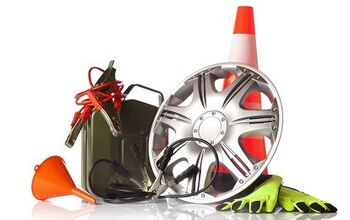
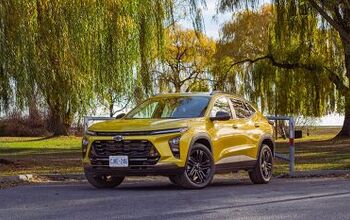
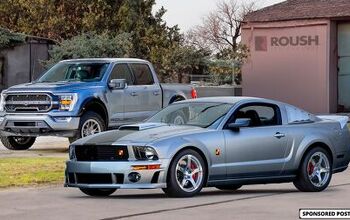

Comments
Join the conversation
Porsches aren't about lush interiors. They have always been minimalist from the early cars to about the late 80s. Till the mid 70s, A/C was still an optional luxury which was not often ticked. The new cars are becoming too refined and luxurious, the drivers are now more cocooned from the driving experience that the earlier cars afforded their owners. If Porsche isn't careful, it'll turn into just another car manufacturer. The likes of the Alfa 4C is what Porsche should be striving to build.
"In the tug of war between driving enjoyment and environmental responsibility, tiny turbo engines are the compromise enthusiasts must live with." Must is certainly a strong word. I must have forgotten the Camaro, Corvette, Challenger, S-Class, Mustang, R8 were all discontinued